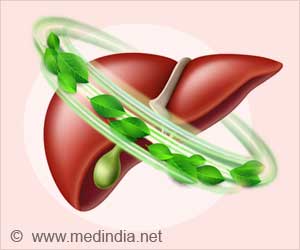A study conducted by Tej K. Pandita, Ph.D., associate professor of radiation oncology at Siteman Cancer Center, Washington University School of Medicine and Barnes-Jewish Hospital said that inactivation of mammalian Rad9 in Tumor Cells Would Be Advantageous In Cancer Therapy.
Rad9 checks for DNA damage, and fixes dangerous breaks in the DNA double helix. It is active in telomeres which are the protective ends of chromosomes.Hence Rad9 has gained a lot of importance in the research field as a potential target for cancer therapy.
Inactivation of Rad9 enhances the power of radiation treatments by making it easier for radiation to inflict fatal damage to a tumor cell. The findings were published in the journal Molecular and Cellular Biology.
It was found that Rad9 proteins interact with chromosomes telomeres. Telomerase are structures at the ends of chromosomes which protects the chromosome from fusion or degradation.
Rad9 proteins interact with proteins called telomere binding proteins. During the experiment if Rad9 in human cells were inactivated it resulted in damaging the chromosomes and caused end-to-end fusion at telomeres.
This disrupted the cell cycle and caused cell death. Because radiation treatments increase these incidents, loss of Rad9 in cancer cells could enhance the killing effect of radiation. Hence from this study it is evident that Rad9 directs the repair of DNA damage.
Advertisement
This research also would help in identifying people with mutations in Rad9 as these mutations could predispose a person to cancer because it results in genomic instability and result in cancer.
Advertisement










